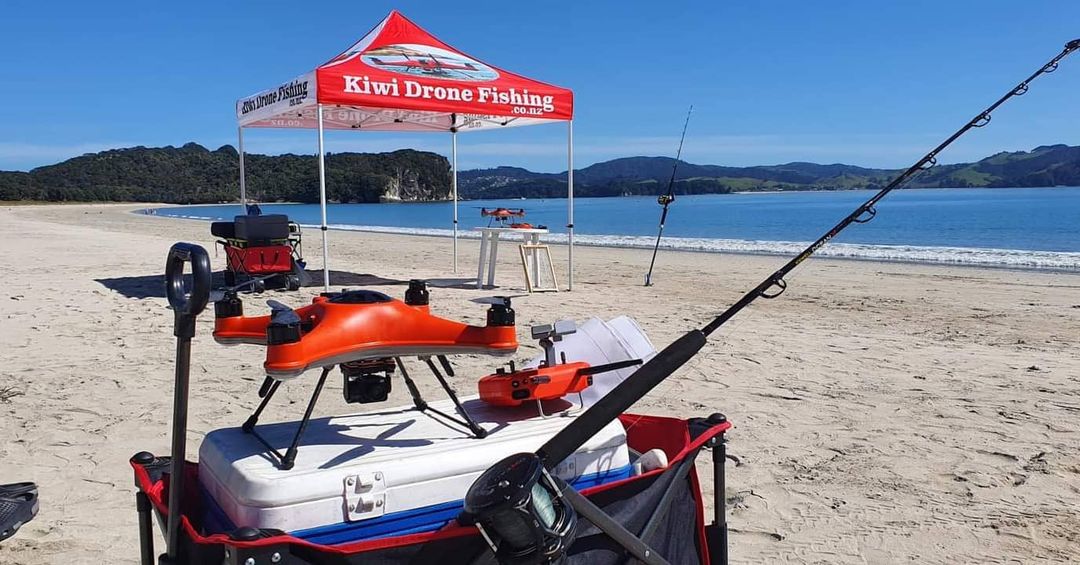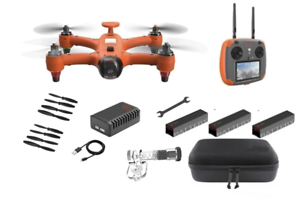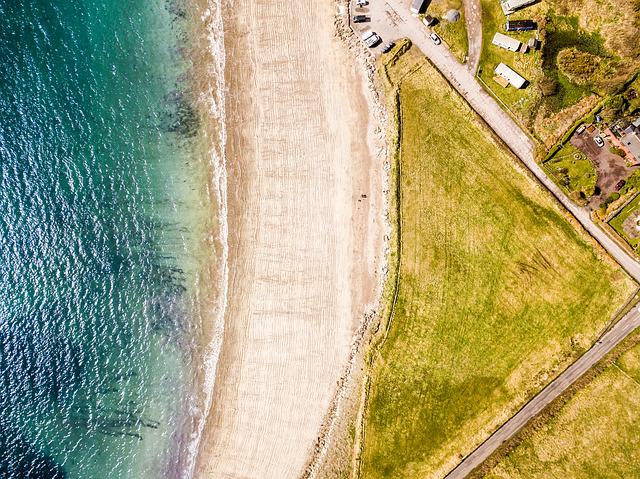
New Zealand's drone fishing has become a popular fishing method. This innovative new technique uses drone technology to open up new fishing opportunities. If you are interested in purchasing a fishing drone, you can buy a DJI or Splash drone from leading retailers like Drone Fishing NZ. Splash drones, GoFish and custom-built fishing rods are also available.
Aerokontiki Drones
Sharkan offers a Fishhawk, a fishing drone that captures the action better. This drone's camera is stabilized and shoots 12-megapixel photos and 4k UHD videos at 30 frames per second. You can even view the videos directly on your smartphone. This drone has a flight time of up to 23 minutes, a spare battery, and a good transmission range.
Mobula
Mobula drones have been specifically designed for fishing. It is buoyant and IP56-rated. This means that it can withstand wind speeds up to 20 knots. It also includes safety features such an automatic return home, automatic release of payload, and three release methods. In addition, you'll never have to worry about losing your drone because it will return to the water automatically if its battery runs out.
Banks'
The growing popularity of the fishing drone has caught the attention anglers, as well as other enthusiasts. A drone can present its own set of challenges. A drone is not designed to fish in deep water. The second problem is when the drone crashes again in the same spot. If that happens, you can't always trust the information you get from the video.

SplashDrone 4
Swellpro created the SplashDrone 4 waterproof drone with a new floating platform. It's ideal for fishing parties, all kinds of water activities and is made from corrosion-resistant materials and high-quality ABS to withstand any conditions. Smooth+ is the SplashDrone 4’s exclusive flight control system. This gives the user full control over the drone and keeps it stable in any environment. Its advanced technology enables it to capture every angle of the sky.
Drone for fishermen
A New Zealand Fisherman Drone Fisherman is in for a real treat. Drone fishing enthusiasts prize snappers as a highly sought-after species. They are beautiful and tasty, making them a delight to catch. These fish can be found off the coasts of the North and South islands, and they often congregate in large numbers during springtime during their spawning season. These fish can be caught in the summer, but they are also plentiful in the fall.
Flying a drone
There are a few things you can do to make your drone fishing trip in New Zealand a success. The law should be understood. It is against the law to fly your drone over marine life, or within 500 metres of any marine mammal. You'll also need to be mindful of your surroundings when flying your drone, as you don't want your expensive drone confiscated or damaged.
Payload for a drone
Although you can buy a drone to fish, it is important to be aware of the payload. You need a drone that is strong enough to lift heavy fish and long-lasting flight. If you're only going to use your drone for a few minutes, you'll probably catch too few fish to make the experience worthwhile. New Zealand's drone fishing technology is improving.

FAQ
What laws are there regarding drones flying?
The Federal Aviation Administration (FAA), which regulates all aspects drone operations in the United States of America, is responsible for them. To operate a drone commercially, you must first get a certificate from the FAA. After that, you must pass an exam and complete a course to learn piloting skills. Final, you will need to pay a fee.
Can I fly my drone indoors without a license?
Yes, you can fly your drone indoors. You just have to ensure no obstacles or hazards inside your home. Avoid flying near heating vents, heating vents and air conditioning units.
Do I need special training to fly a drone?
No, you don’t need any special training in order to fly your drone. You only need a remote controller unit and basic knowledge about flight mechanics.
Statistics
- With the top 10% making over $100/h and the bottom 10% making as low as $10/h. (dronesgator.com)
- According to Indeed, a drone pilot gets paid $25.73 per hour on average in the US. (dronesgator.com)
- According to industry research from ZipRecruiter , there are 10 cities where the typical salary for a Drone Pilot job is above the national average. (dronesgator.com)
External Links
How To
How To Fly Drones For Beginners
A drone refers to a remote-controlled aircraft designed for aerial photography, surveillance and scientific research. Drone technology has been around since World War II. DJI's Phantom series of quadcopters was the first to be commercially used. From beginner-friendly drones such as Parrot AR Drone 2.0 through professional-grade multirotor craft like DJI Mavic Pro, many types have been available.
There are many options for flying a drone.
-
Remote control: This uses a remote control device that attaches to your hand and allows you control the drone along its flight path. There are two main types, On/Off switches (like radios) and joysticks.
-
Manual Control – This method lets users remotely control the drone by using a smartphone app. The app will provide instructions and help you to locate the drone.
-
Autonomous Flying - This allows the drone to take over all of the piloting duties. It allows the drone to fly independently without any human intervention. The drone must be equipped with a camera and sensors that can capture images and data in order to fly autonomously.
-
Triggered Flight – This method is very similar to manual flight. The pilot creates a route that the drone will follow until it reaches the destination. Once the programmed route has been completed, the drone returns to the base automatically.
-
Landing Gear – A few drones come with landing gear. This allows them land safely in the event of losing power or running out of battery.
-
Goggles-Some pilots use goggles to protect their eyes from debris during operations.
-
Camera - Certain drones come with cameras that allow you to take photos and videos from high above.
-
Obstacles – Some drones have obstacle avoidance systems that stop them from colliding with obstacles.
-
Speed - Drones can reach speeds up to 40 mph.
-
Battery Life: Most drones have a battery life of between 20 and 30 minutes depending on how many power sources you use.
-
Distance - Some drones can travel up 30 miles depending on the model.
-
Power source - Some drones need an external power source, while others use internal batteries.
-
Weight - Some drones are lighter than others, while some models can weigh as much as 4 pounds.
-
Size - Drones come in many sizes, from small gadgets that fit in one's hands to large craft that weigh more than 50 lbs.
-
Price - All drones fall within a specific price range, from high-end models that can cost thousands of dollars to lower-cost options starting at $100.